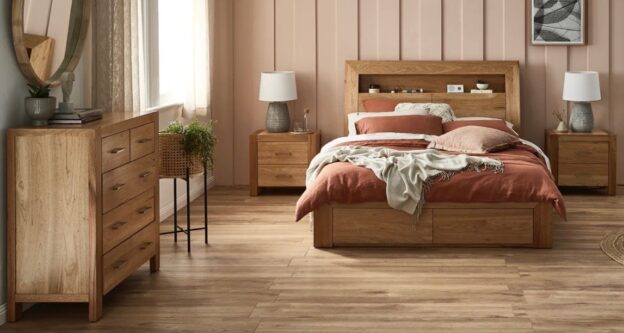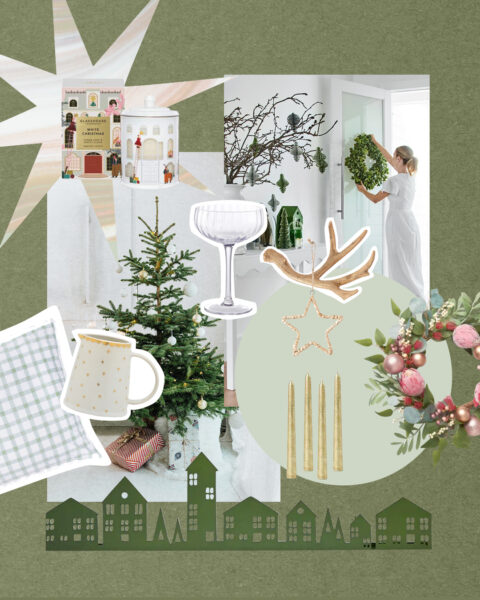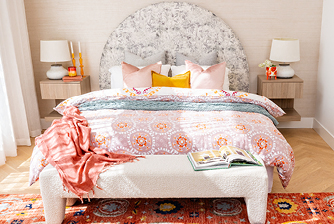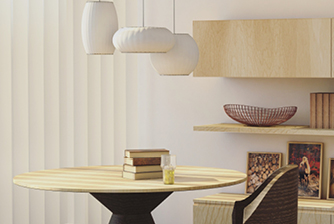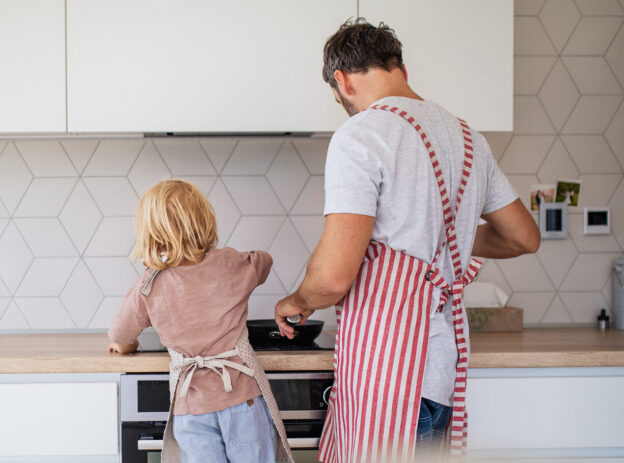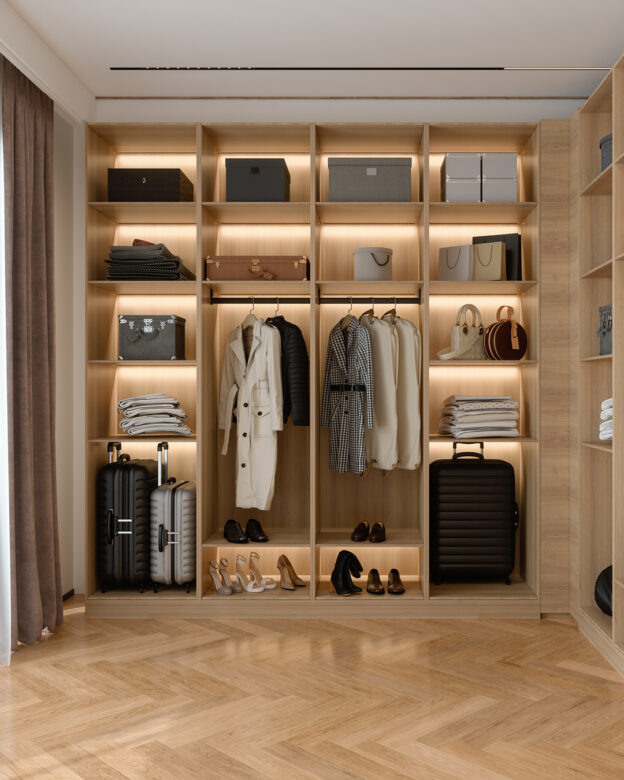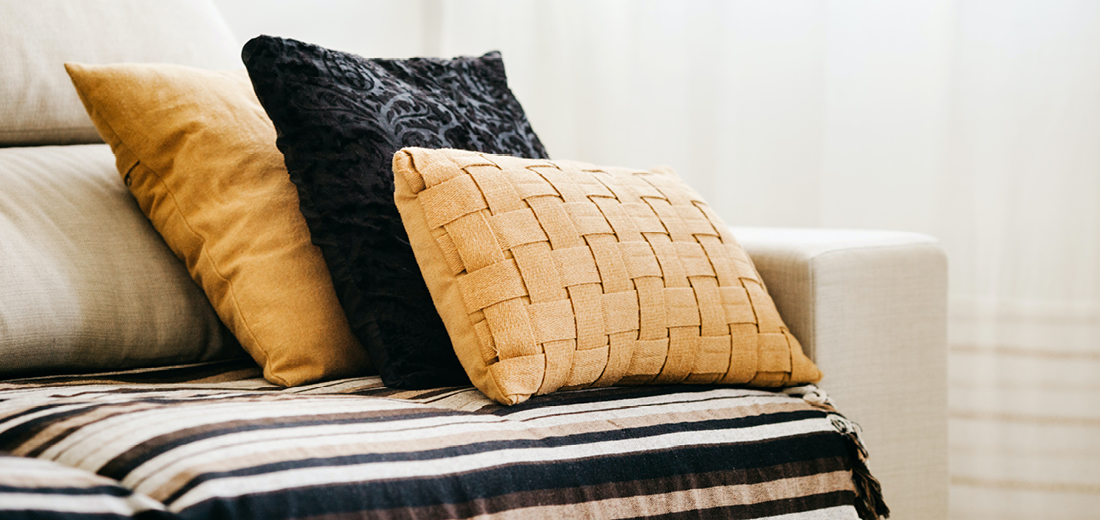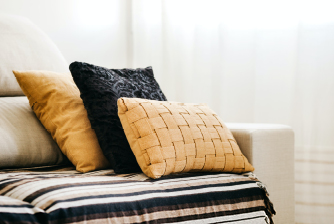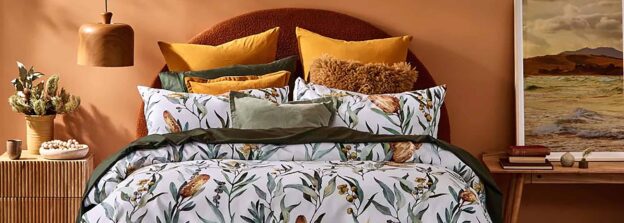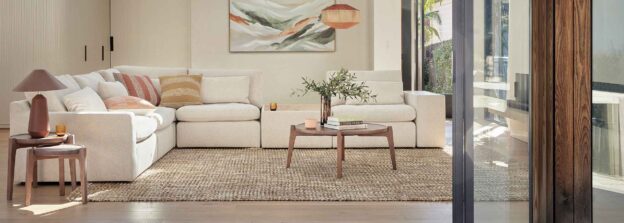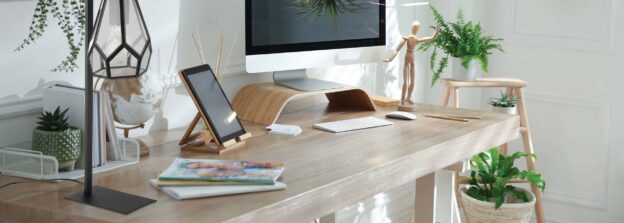The bedroom is a space that we spend the majority of our time in when we are relaxing at home, so today we are sharing our tips alongside Snooze Aspley for refreshing this space and creating the ultimate sanctuary. After a long day at work, there is nothing better than unwinding in a space that feels comfortable, tranquil and like an escape from the hustle and bustle of daily life. There are many elements that need to be considered when designing a bedroom, from the mattress to the bed linen to the lighting and more. Today we are sharing with you our top tips for what to consider for your next bedroom makeover and ensuring you select the perfect pieces to invest in.
Start With The Mattress
When planning your next bedroom makeover we recommend heading into Snooze Aspley for all the inspiration you need. The best place to begin is by choosing a quality mattress that suits your requirements and provides comfort and longevity. There are a few key things to consider when selecting a mattress, most importantly the feel. Whether you are a lover of an ultra firm mattress or like to cocoon into a plush feel, Snooze has an option for you. Some other things to consider when selecting a mattress are the people who will be using it, the mattress topper feel, your sleeping positions, whether you use the bed to watch tv or read and of course, the size.
The Perfect Bedroom Suite
Once you have selected your perfect mattress, it is then time to choose some beautiful furniture pieces to pair it with. Whether you are after some small bedroom ideas to make the most of the space or are looking for a statement bedroom suite, Snooze Aspley has you covered. Bedroom furniture can include the bed frame, bedside tables, tallboys, dressers and more. Snooze also have a great range of customisable beds that allow you to select the best option for your bedroom needs. There are options to include drawer storage underneath, expandable trundle beds and bedheads in a variety of fabric options and styles.
Invest In Beautiful Linen
Decorating your bed with beautiful bed linen would arguably be the most fun step in a bedroom makeover. Selecting the perfect quilt cover and pairing it with decorative cushions in your favourite colours can completely transform a space. Firstly, head into Snooze Aspley and pick up your quilt insert and pillows of choice, then choose from a number of other amazing retailers we have at the centre for beautiful bed linen. We love the look of a neutral quilt cover paired with patterned European cushions and 3-4 decorative cushions in your favourite colour. Or go bold with a patterned quilt cover in gingham, paisley or a coastal print paired with cushions in one or two shades featured in the design. To finish it off we love adding a throw blanket or two underneath your cushions for a styled and cosy look.
Creating The Vibe
When embarking on a bedroom makeover you can’t forget the finishing touches in the bedroom to create the ultimate relaxing oasis. Add statement lamps to your bedside tables with a warm globe to create a soft and serene atmosphere. We also love creating a vibe by using a signature scent in the bedroom from a candle or reed diffuser. When selecting a scent for the space it is best to go for subtle notes such as citrus, sandalwood or freshly washed linen. Lastly, to create a personalised touch we suggest styling the bedside tables with a beautiful tray, a stack of your favourite books or a lovely, framed photo with a vase of flowers.
Ready for the Ultimate Bedroom Makeover?
A bedroom makeover should be an exciting and fun experience and here at Aspley Homemaker City we look forward to helping you on this journey. We have a plethora of retailers that specialise in your bedroom needs such as Snooze, Sleepys, Beds n Dreams, Pillow Talk and Forty Winks. If you would like a helping hand with selecting the right pieces for your bedroom, then be sure to book in for your free styling session with our resident stylist today!
